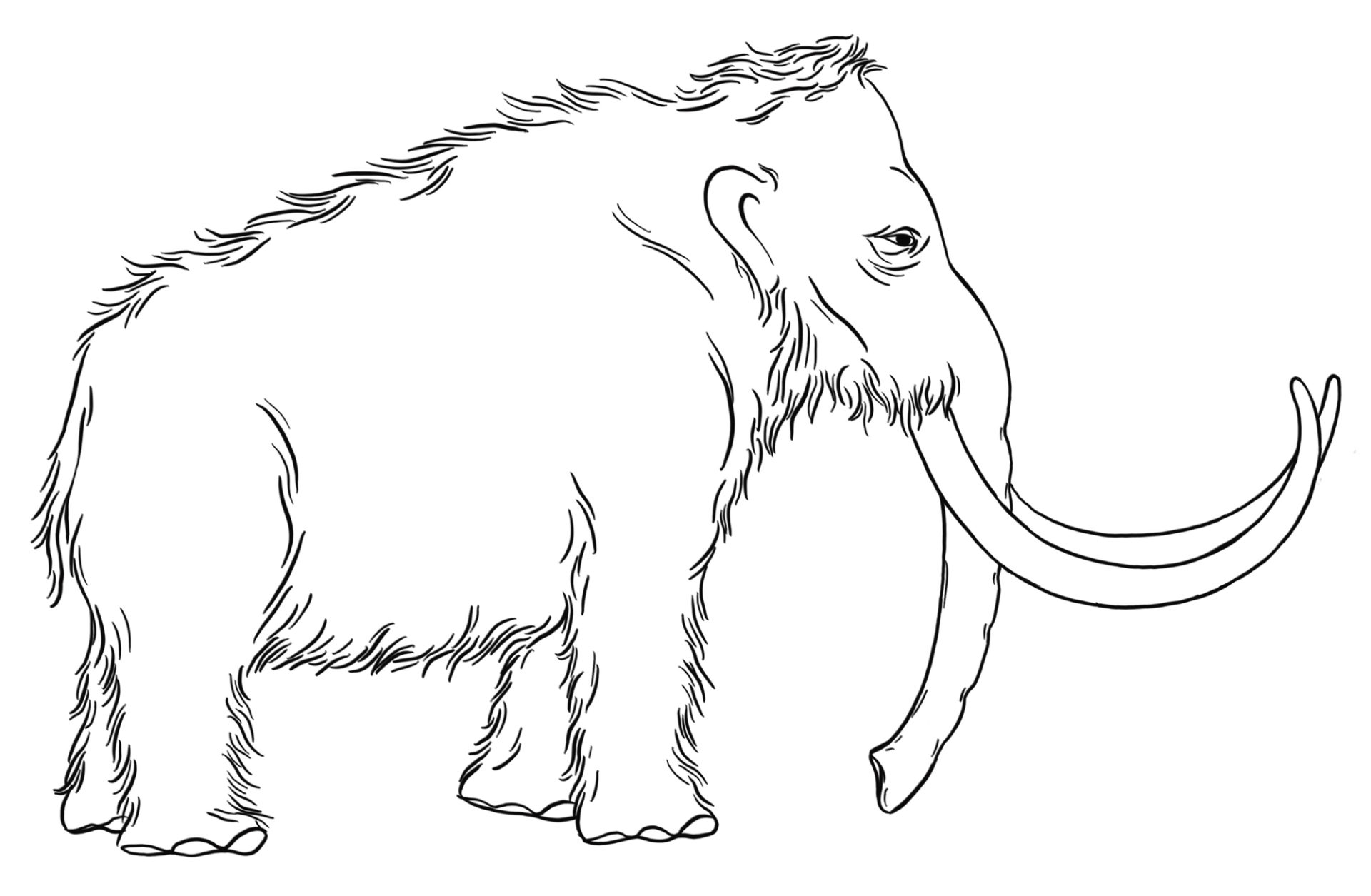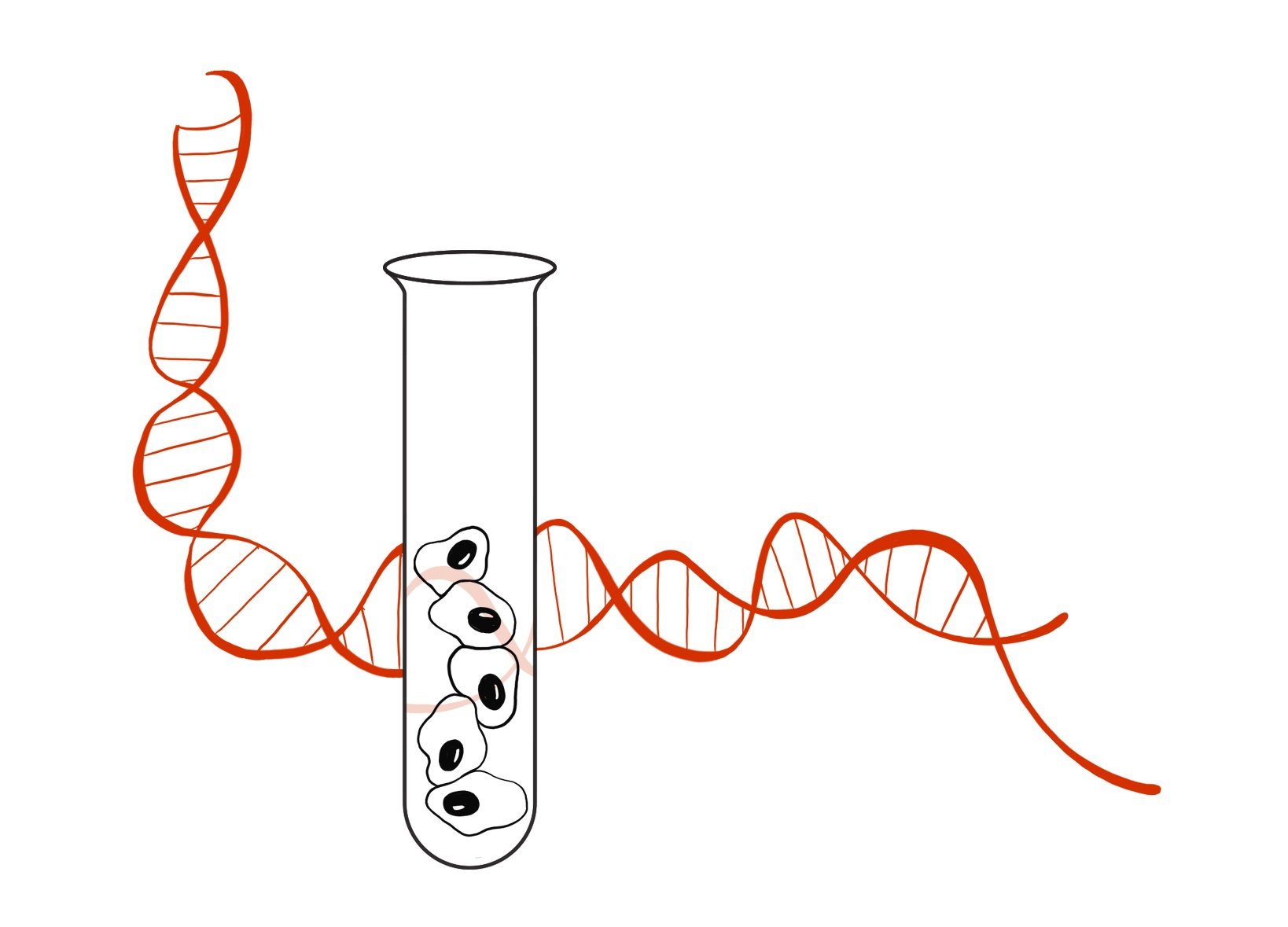
When it comes to biodiversity, humans have been about as good for life on Earth as a giant asteroid slamming into it. Many leading scientists contend that we are in the midst of a mass extinction, not dissimilar to the one that wiped out dinosaurs and countless other species 66 million years ago—except that this time it’s being caused by human activity. Species are now going extinct at rates 100 to 1,000 times faster than usual.
No wonder then that conservation biologists are grasping at any technology that might help rescue species before they go extinct. One toolkit they are turning to is genomics—to assess, preserve, and even manipulate species’ genomes. The CRISPR genetic-editing technology that has recently captured biology’s imagination is one key tool, combined with high-quality DNA sequencing. Scientific interest has even extended beyond merely saving endangered species to the radical notion of reaching into the past to resurrect already extinct ones, some from the distant past.
While these so-called de-extinction programs—best known for attempts to bring back the woolly mammoth—capture the imagination, less glamorous efforts to protect threatened species are already showing results. From American chestnut trees to Hawaiian crows, many types of flora and fauna are getting a second chance thanks to conservation genomics. But major issues, including regulatory hurdles and a dearth of funding, still stand in the way of significant progress.
Until the last decade or so, the most common use of genomics for conservation biology was for simple cataloging. Scientists collected thousands of samples to represent the existing genetic diversity of each species and stored them, often in seed banks or museum vaults. The idea was that having such vast collections of DNA would be useful in the future, a sort of “doomsday prepper’s approach” to conservation.
But recent advances in genetic engineering, gene editing, and in-vitro fertilization have given scientists the opportunity to consider more active measures. Conservation biologist Douglas McCauley at the University of California, Santa Barbara, has closely followed these new techniques, which in theory could allow researchers to alter an organism’s genome and bring such manipulated embryos to term. “It’s certainly an exciting time,” he says. McCauley is not a geneticist, and these new methods are still uncharted territory for most conservation scientists. But “things are so bad now with species loss and conservation,” he says, “that I’m willing to hear out any plan for recovery that is sensible.”
Today, typical goals include editing or naturally breeding genomes to add pieces of DNA that are associated with health, to remove genetic variants linked to disease or pathogen susceptibility, or to alter genes to give a species greater odds of surviving in different environments.
Ryan Phelan was one of the earliest champions of genome-based interventions in conservation. A successful entrepreneur in genomic medicine, she began thinking several years ago about how the same technical methods could make a difference in other fields. “No one was talking about conservation in genomics at all,” recalls Phelan, who went on to launch Revive & Restore, a conservation genomics startup focused on the genetic rescue of endangered or extinct species. Seven years later, she is working closely with experts from genomics and traditional conservation to figure out how to utilize the best of both. By combining them, she says, “you could really figure out how to maintain [an endangered] species before it winks out. We can have a tremendous impact.”
Revive & Restore’s best-known effort is applying genomic tools to try to bring back the woolly mammoth. While this project has gotten plenty of attention, the science tends to get lost in translation. The effort calls to mind Jurassic Park-style images of ancient mammoths tromping around the modern Yukon, but resurrecting an extinct species remains a pretty far-fetched idea.

Scientists are today working with a living relative of the mammoth—the Asian elephant—and editing its genome to more closely resemble its extinct cousin. This would be akin to starting with our own closest relative, the chimpanzee, adding or altering some genes, and calling the result a human.
“We’re not opening the door to the lab and out walks a woolly mammoth,” says McCauley, who is not involved but has closely observed the project. The outcome, essentially a hairy Asian elephant, would be “a cross between something old, something new, and our imagination,” he adds.
Regardless, there still seems to be a lot of value for conservation genomics in having a publicity-friendly project. For one thing, it is more likely to get funding. Philanthropist Peter Norton has given at least $100,000 to Revive & Restore, while entrepreneur and investor Peter Thiel donated $100,000 directly to the Harvard University lab undertaking the work. It also opens the doors to important discussions about the need for conservation, particularly in light of climate change. Some researchers even believe the woolly mammoth’s grazing patterns were important for preventing the release of carbon captured in permafrost; bringing it back, they suggest, might help slow the effects of climate change.
While the hypothetical mammoth gets the attention, conservation biologists are thinking more about preserving whole ecosystems than about cherry-picking individual species for rescue. Ongoing efforts to save the American chestnut tree illustrate this approach.
Decades ago, a blight swept through eastern American forests, wiping out the chestnut population. William Powell, a scientist who’s been working on reversing that blight for more than 25 years, eventually implemented genomics approaches. He found a gene in another species that essentially detoxified the acid produced by the tree-killing fungus, and then spliced it into the chestnut’s genome. His team has been planting the genetically modified trees in field trials overseen by the USDA since 2006 and has gathered enough data to apply for approval to plant them in the wild.
For Powell, this is about more than saving a tree. Chestnuts once produced a reliable crop that supported diverse wildlife in the forests; several species of moles, a weevil, and others went extinct or became stressed without the nuts. “It’s not just about bringing back the chestnut for the chestnut’s sake, but for the environmental benefits it would bring with it,” he says.
At the San Diego Zoo’s Institute for Conservation Research, Oliver Ryder has participated in projects using genomics to rescue critically endangered birds. The California condor population declined dramatically due in part to a genetic disease; using genome data allowed scientists to structure a more effective breeding program to produce healthier birds without the need for gene editing. Similarly, genetic information about Hawaiian crows is helping scientists improve the birds’ health and figure out which ones to release into the wild. Both birds may be safely reintroduced to their native habitats in part because their ecological niche still exists.
Such ecosystem factors are essential for successful conservation efforts, says McCauley, who favors rescuing endangered or recently extinct species over long-extinct ones. “It’s going to be a lot easier to slot a species that you bring back from the dead into the wild if there’s still space for it,” he says. “If we wait too long or reach too far back … it’s going to be like trying to make a piston for a Model T and shove it into a Tesla.”

Efforts to save species with genomics are dogged by a continual lack of funding and a complex regulatory process. Powell, for example, has to submit his genetically altered chestnut tree to the EPA, FDA, and USDA for separate and costly review protocols that can take as long as two years. There is no streamlined review process for releasing modified species back into the wild. “We have been meeting with agencies for almost three years to find out how to do this process,” he says. “No university has ever taken a tree through the regulatory system.”
Perhaps the biggest challenge for conservation, though, is the idea that extinction is a natural process that shouldn’t be directly addressed by science. “It will be up to us how many species, and which ones, we let go,” says San Diego Zoo’s Ryder. “As a citizen of Earth, I believe that … it’s our responsibility to pass this [diversity] on to the future.”
Meredith Salisbury is a longtime genomics journalist and a communications consultant in life sciences.
As Mass Extinction Looms, Conservation Genomics Fights Back
De-extinction programs may capture the imagination, but less glamorous efforts to protect threatened species are already showing results. From the latest Techonomy Magazine.

















